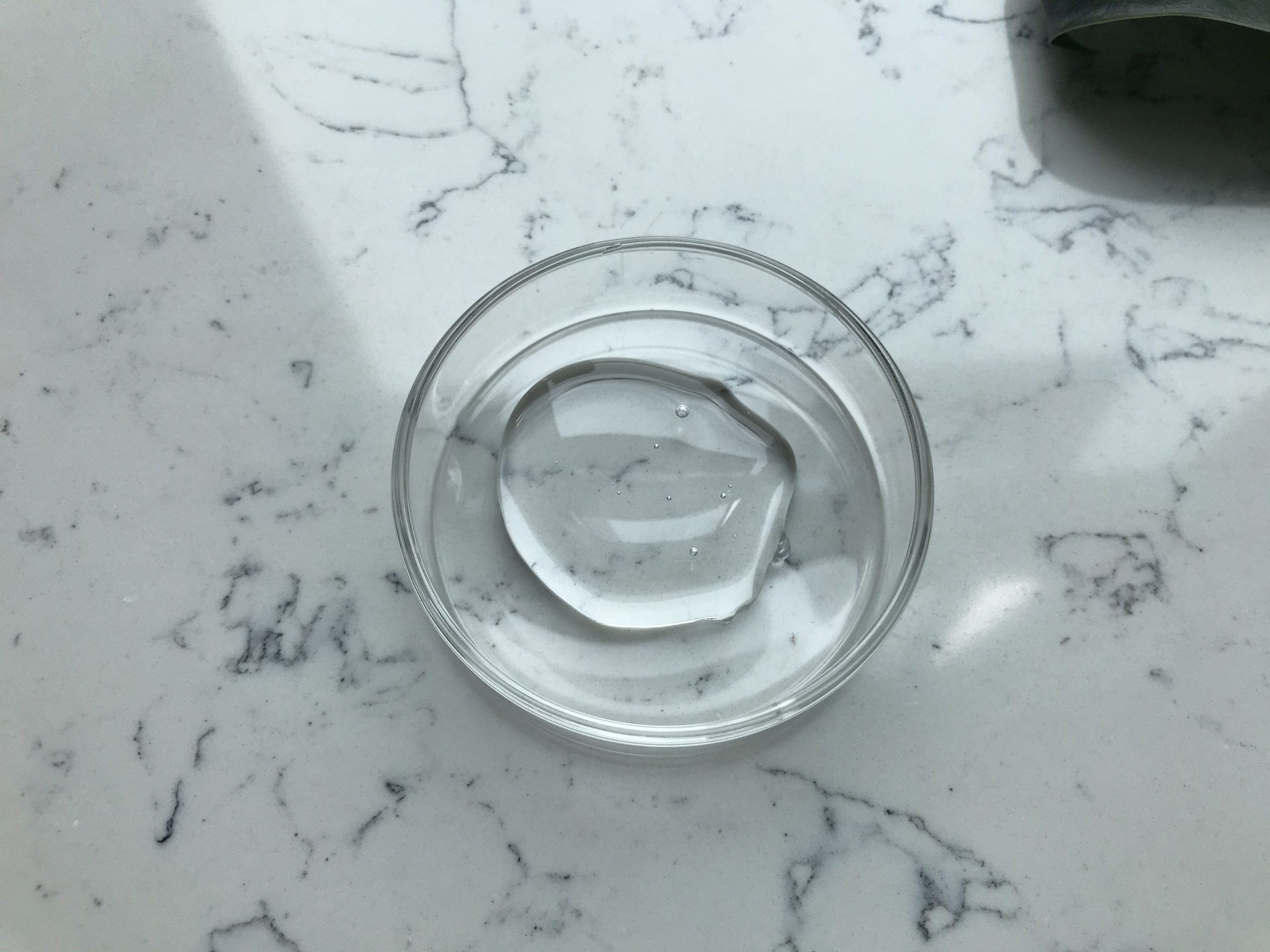The Synthesis of D, L-Pantothenic Acid Guanidine
Using D, L-pantolactone, urea, and calcium hydroxide as raw materials, D, L-pantothenic acid guanidine is synthesized with a yield of 91.6%. D, L-pantothenic acid guanidine is then separated in a methanol solution to prepare D-pantothenic acid guanidine and L-pantothenic acid guanidine. The D-pantothenic acid guanidine, after undergoing a hydrolysis reaction with sulfuric acid, yields D-pantolactone with a yield of 92.3%.

Preparation and Application of D-Panthenol
D-Panthenol is prepared by condensation of D-pantolactone with 3-aminopropanol, with a yield of approximately 100%. On the other hand, L-pantothenic acid guanidine is racemized and lactonized into D,L-pantolactone with a yield of 86.5%. The guanidine splitting agent is recycled for repeated use. The resulting products are characterized through IR and elemental analysis. D-Pantothenol, chemically known as (D)-N-(2,4-dihydroxy-β,β-dimethylbutyryl)-β-aminopropanol, is a B-vitamin, commonly known as Provitamin B5. It is the dextrorotatory isomer of pantothenol and a bioequivalent of D-pantoic acid.
The Role of D-Pantothenol in Human Body
Upon entering the human body, D-Panthenol can be transformed into pantoic acid, which further synthesizes coenzyme A, promoting the metabolism of proteins, fats, and carbohydrates in the human body. It also maintains the gloss of skin and hair, and lack of D-Pantothenol could lead to skin lesions and physiological disorders.
Methodology for D-Panthenol Preparation
The method for preparing D-Panthenol involves splitting D,L-pantolactone to obtain D-pantolactone, which is then reacted with 3-aminopropanol. The splitting of D,L-pantolactone primarily involves chemical splitting, biological methods, and asymmetric synthesis methods. Despite several decades of international research into biological and asymmetric synthesis methods, progress has been hindered by complex processes. Traditional chemical splitting methods primarily involve the use of alkaloids such as (-)-strychnine, (+)-sparteine, and (-)-quinine as splitting agents, producing non-enantiomers and achieving separation through step-by-step crystallization.
Application of D,L-Pantolactone as Raw Material
The researchers used D,L-pantolactone as the raw material to generate pantothenic acid guanidine with guanidine. D-pantothenic acid guanidine was produced through induced crystallization. It was then hydrolyzed and lactonized to form D-pantolactone. The L-pantothenic acid guanidine obtained from the split was racemized and lactonized to prepare D,L-pantolactone for repeated use. This method of racemization has not yet been reported in the literature.
Common reagents involved in the process include D,L-pantolactone, urea, and calcium hydroxide. These are easily obtainable and safe to use. Furthermore, D-pantolactone and 3-aminopropanol are critical for the synthesis of D-Panthenol. Various instruments are used to facilitate the reactions and monitor the processes, such as infrared (IR) spectroscopy and elemental analyzers.
Steps Involved in the Synthesis of D-Pantothenol
1. Synthesis of D,L-pantothenic acid guanidine: D,L-pantolactone, urea, and calcium hydroxide are the key reactants. D,L-pantothenic acid guanidine is then synthesized with a yield of 91.6%. Preparation of D-pantothenic acid guanidine: The synthesized D,L-pantothenic acid guanidine is separated in a methanol solution to prepare D-pantothenic acid guanidine and L-pantothenic acid guanidine. Hydrolysis to yield D-pantolactone: The D-pantothenic acid guanidine is then subjected to hydrolysis reaction with sulfuric acid to yield D-pantolactone with a yield of 92.3%. Condensation to yield D-Pantothenol: D-Pantothenol is prepared by condensing D-pantolactone with 3-aminopropanol, with a yield of approximately 100%. Characterization: The resultant D-Pantothenol is characterized through IR and elemental analysis to confirm the structure and purity.
Applications of D-Pantothenol
After successful synthesis, D-Panthenol finds applications in numerous fields due to its vitamin-like properties. It is widely used in pharmaceuticals, as a dietary supplement and a wound healing accelerator. It also finds applications in cosmetics due to its moisturizing, healing, and anti-inflammatory properties, and it can improve skin texture and reduce acne. Additionally, it’s used in hair care products to improve hair structure and provide moisture.
With this efficient method, D-Pantothenol can be synthesized at a large scale, making it more accessible and affordable for industries and consumers.
